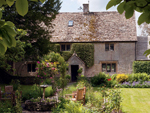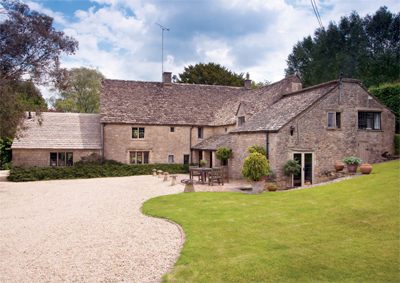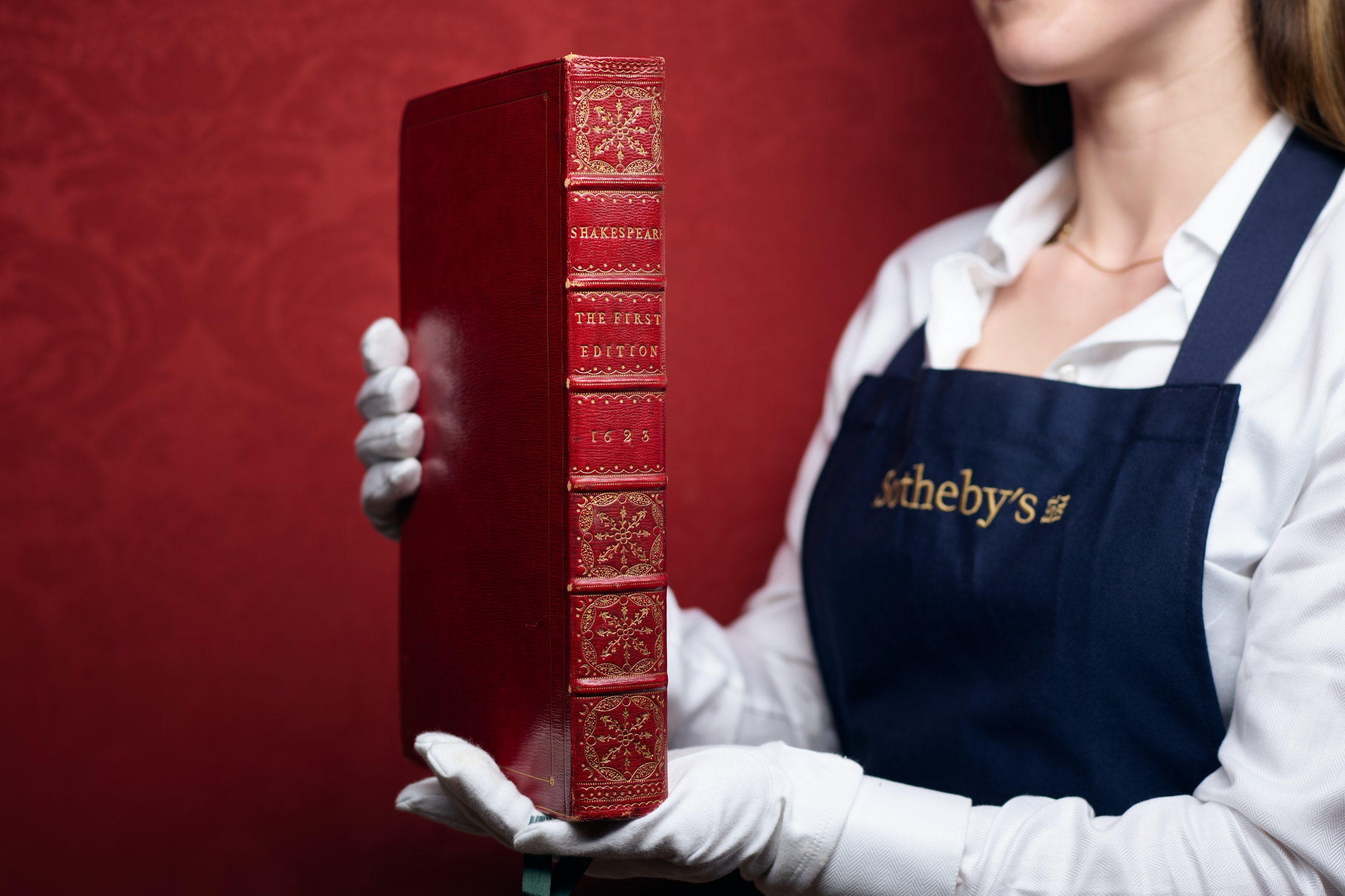Beautiful Gloucestershire village house
A property for sale in one of the most sought-after villages in the Cotswolds dates back to the 17th century


The Manor House is a fine example of period architecture in The Cotswolds in the form of a pretty village house in Frampton Mansell. Believed to be 17th century, and with elements from the 15th century, with stone mullion windows and leaded lights, this house is not short of character.
The interior is flexible and accommodation comprises entrance hall, dining room, drawing room, study, family room, master bedroom suite and four further bedrooms, plus two bathrooms.

* Subscribe to Country Life and get our Ipad edition at no extra cost
Outside the front garden has views across a meadow to the Neo-Norman village church with its unusual Italian tower, and offers a rose arbour as its focal point. Two terraced seating areas at the front and back provide room for outdoor entertaining, and the garden benefits from well-stocked borders and colour throughout the seasons.
Frampton Mansell is commonly held to be one of the most sought-after villages near Cirencester and has its own amenities, with further shopping available at Kemble (seven miles) and Cirencester (six miles).
The guide price is £1.2m. For further information please contact Jackson-Stops & Staff on 01285 653334 or visit www.jackson-stops.co.uk.
Sign up for the Country Life Newsletter
Exquisite houses, the beauty of Nature, and how to get the most from your life, straight to your inbox.
* Country Houses for sale in Gloucestershire
* Follow Country Life Property on Twitter
-
 Spam: The tinned meaty treat that brought a taste of the ‘hot-dog life of Hollywood’ to war-weary Britain
Spam: The tinned meaty treat that brought a taste of the ‘hot-dog life of Hollywood’ to war-weary BritainCourtesy of our ‘special relationship’ with the US, Spam was a culinary phenomenon, says Mary Greene. So much so that in 1944, London’s Simpson’s, renowned for its roast beef, was offering creamed Spam casserole instead.
By Mary Greene Published
-
 Folio, Folio, wherefore art thou Folio? Shakespeare set to be auctioned by Sotheby's
Folio, Folio, wherefore art thou Folio? Shakespeare set to be auctioned by Sotheby'sFour Folios will be auctioned in London on May 23, with an estimate of £3.5–£4.5 million for 'the most significant publication in the history of English literature'.
By Lotte Brundle Published
